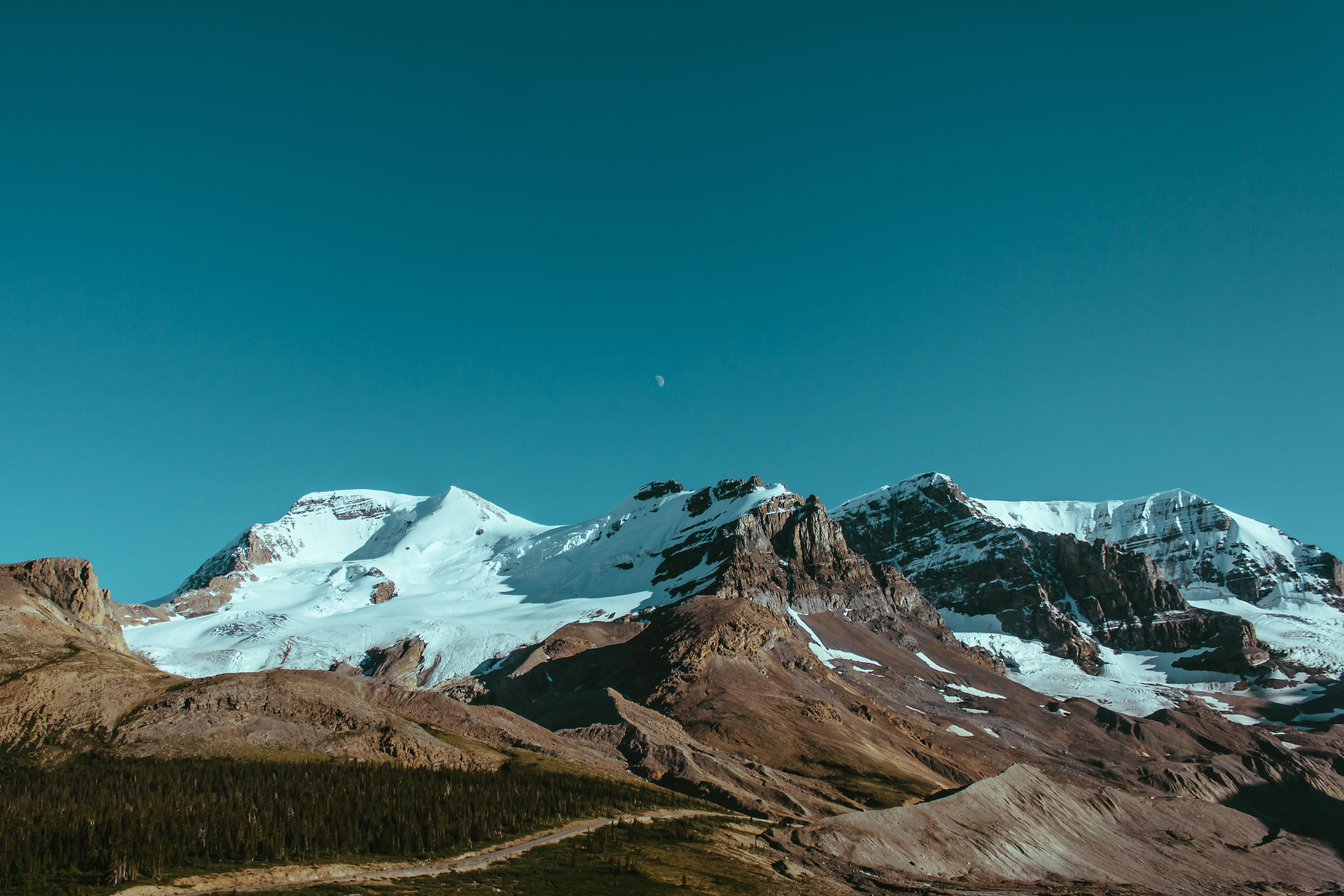top of page

Unit 5
I will be able to identify the layers of the earth. I will also be able to demonstrate the tectonic plate theory. I will be able to summarize the rock cycle, weathering, and erosion. I will demonstrate the relationship between different geological processes and how they affect the landscape and related environments of the earth.
Lesson 1 - Geology
Big Question : How did people's understanding of what was happening on the Earth's surface change over time?
Read Chapter 1
Word of the Day : dense




Lesson 2 - Earth's Layers and Plates
Big Question : How do tectonic plates and the Earth's layers interact to change the surface of the Earth?
Read Chapter 2
Word of the Day : crust



Discuss and preview "Big Question"

Listen to Chapter 2

Complete writing answering Big Question
Lesson 3 - Earth's Layer and Moving Plates
Word of the Day : exert
Complete the Pear Deck lesson about similes. When you are done, you can just close out of the lesson and your work will be saved.

Review similes and practice

Draft a detailed explanation of a simile

Complete the simile online lesson
Lesson 4 - Earthquakes and Tsunamis
Big Question : What happens beneath the earth's surface to cause earthquakes?
Read Chapter 3
Word of the Day : fault


Preview and discuss the Big Question

Read Chapter 3

Complete writing answering the Big Question
Lesson 5 - Earthquakes and Tsunamis
What happens beneath the Earth's surface to cause earthquakes?
Word of the Day : trigger


Cite information from chapter 3

Take notes on tsunamis

Draft info
for a tsunami pamphlet
Lesson 6 - Volcanoes, Geysers, and Hot springs
Big Question - How do scientists determine where volcanoes might develop?
Read Chapter 4
Word of the Day : fine

Read chapter 4 and define dormant, extinct, and active

Practice quotation marks and commas in dialogue

Identify root "rupt" and practice
Lesson 7 - Myths and Volcanoes
Big Question : How do volcanic myths help explain volcanic activity?
Word of the Day : lofty

Read chapter 5

Practice taking notes on WB p72

Preview Wiki entries & rubric
Lesson 8 - Three types of rocks and the rock cycle
Big Question - How can changes in rocks over time be explained by the rock cycle?
Word of the Day - class

Read chapter 6

Practice taking notes and organizing information

As a team, create a wiki entry
Lesson 9 - Rocks and the rock cycle
How can changes in rocks over time be explained by the rock cycle?
Word of the Day : compact

Chapter 6 excerpt and questions

Review commas and root "rupt"

Rock cycle science experiment
Lesson 10 - Weathering and Erosion Pt 1
Big Question : How does weather and erosion continuously reshape the earth?
Word of the Day : state

Read chapter 7

Vocabulary practice on WB p 103

Continue working on wiki entry
Lesson 11 - Weathering and Erosion Pt 2
Big Question : How does weathering and erosion continuously reshape the earth?
Word of the Day : deposit


Close Reading of Chapter 7

Sequencing a list of adjectives

Discuss suffixes and roots
Lesson 12 - Mountains
Big Question : How do the movements and forces of tectonic plates form mountains?
Word of the Day : sheer

Metamorphic Rock

Mighty Morphin Power Rock
hard and smooth
glass
sedimentary rocks change under heat and pressure

I am very hard and found deep under the earth's
crust. Morph means to change.
"Man it's sure hot down here! I think it's time to
change into a new form!" said the Might Morphin Rock.

Read chapter 8 and discuss

Introduce a descriptive paragraph

Begin planning a descriptive paragraph
Lesson 13 - Under the sea part 1
Big Question : How does the movement of the tectonic plates shape and change the seafloor?
Word of the Day : expedition

Read chapter 9


Draft a descriptive paragraph
Continue planning a descriptive paragraph
Lesson 14 - Under the sea part 2
Big Question : How does the movements of the tectonic plates shape and change the seafloor?
Word of the Day : firsthand

Discuss firsthand vs secondhand

Discuss the chapter, suffixes, and roots

Practice sequencing adjectives
Anchor 1
Student Projects
bottom of page